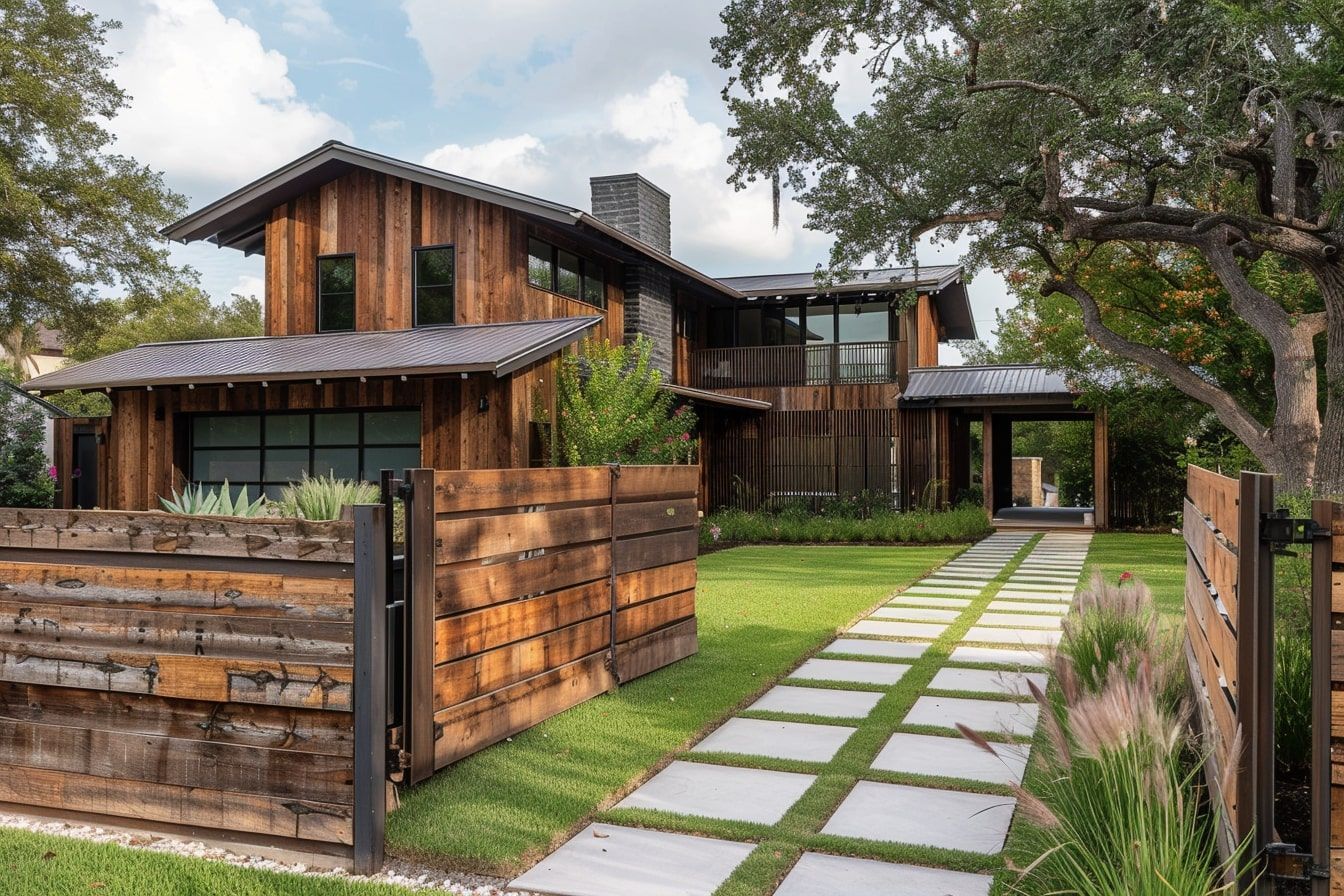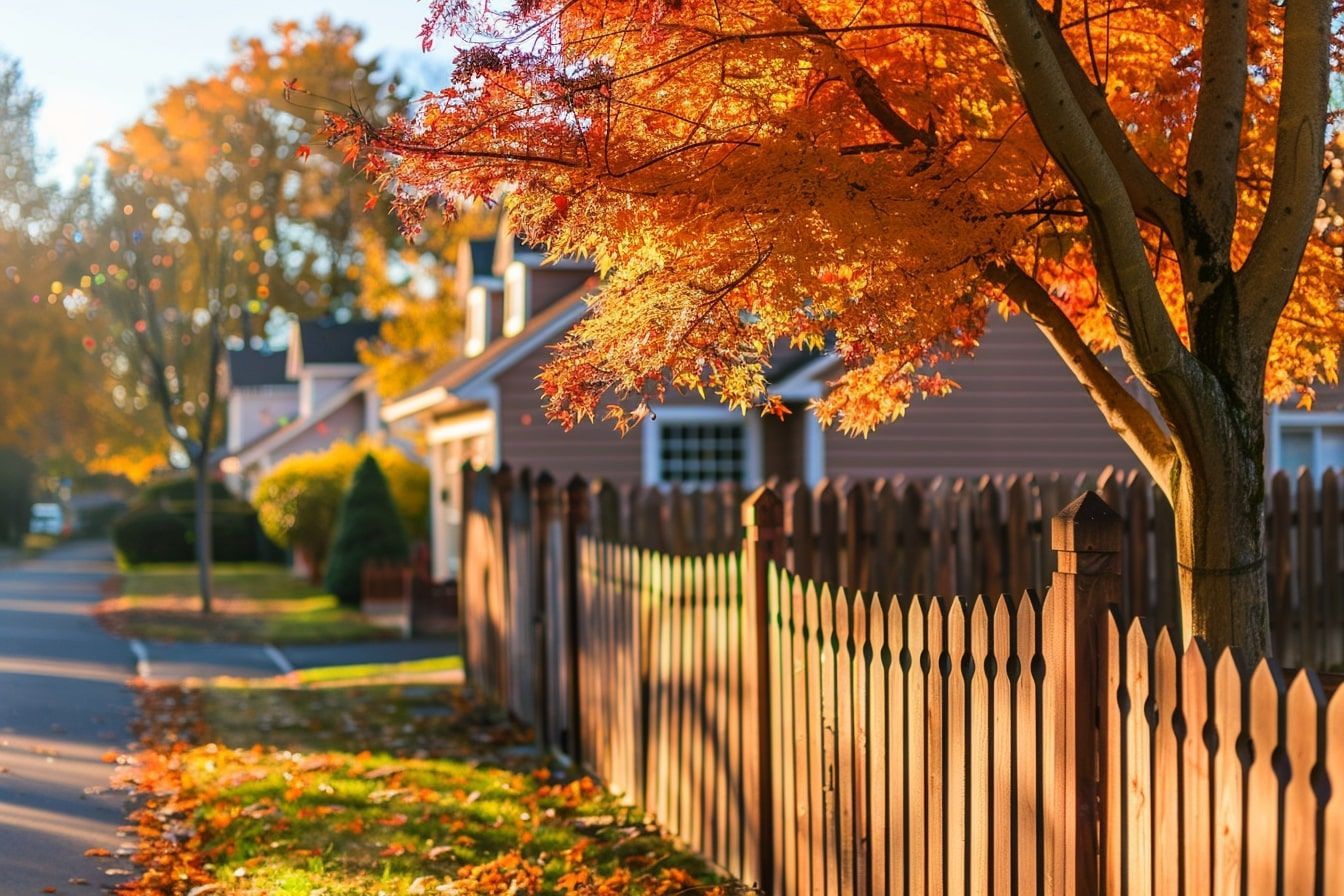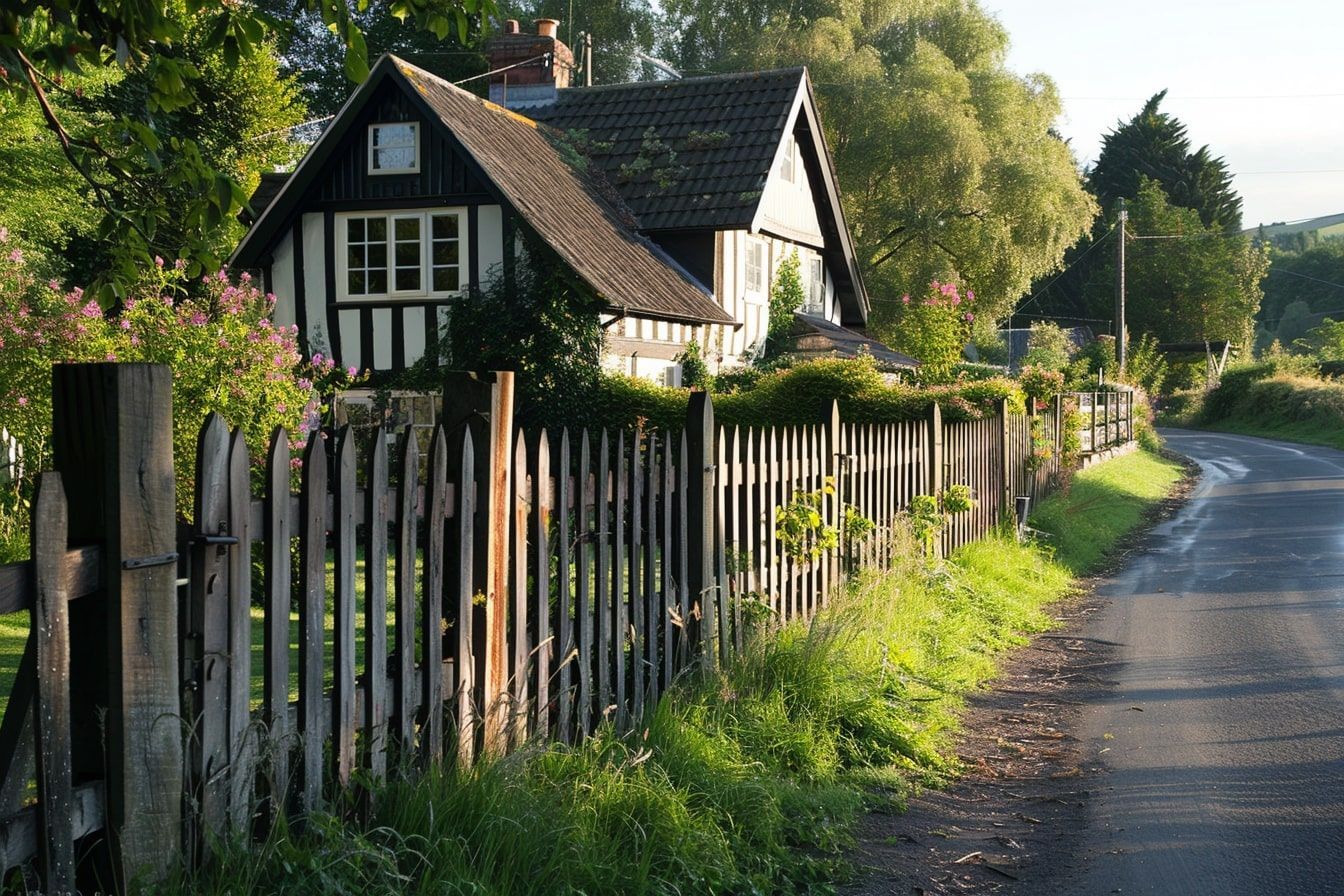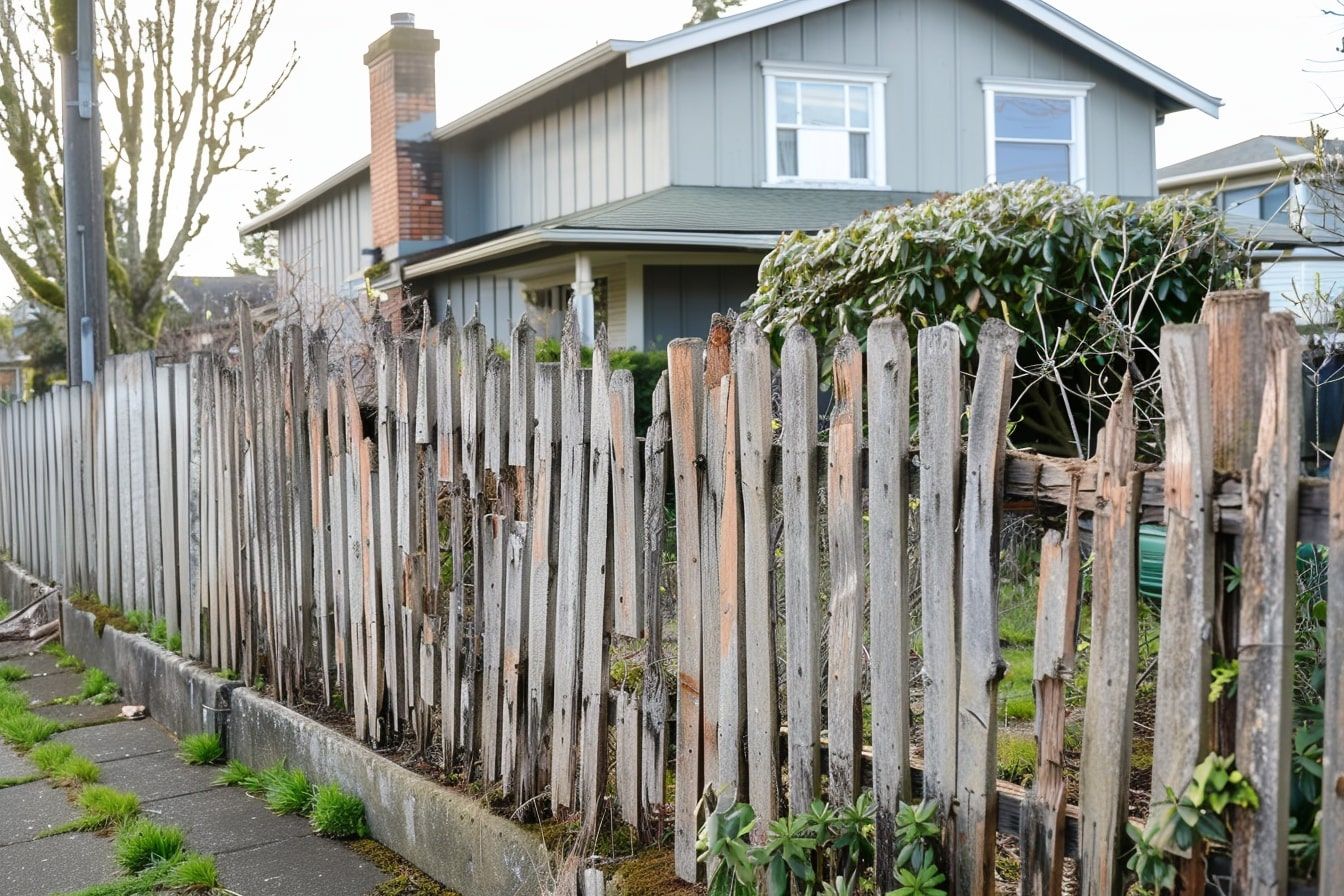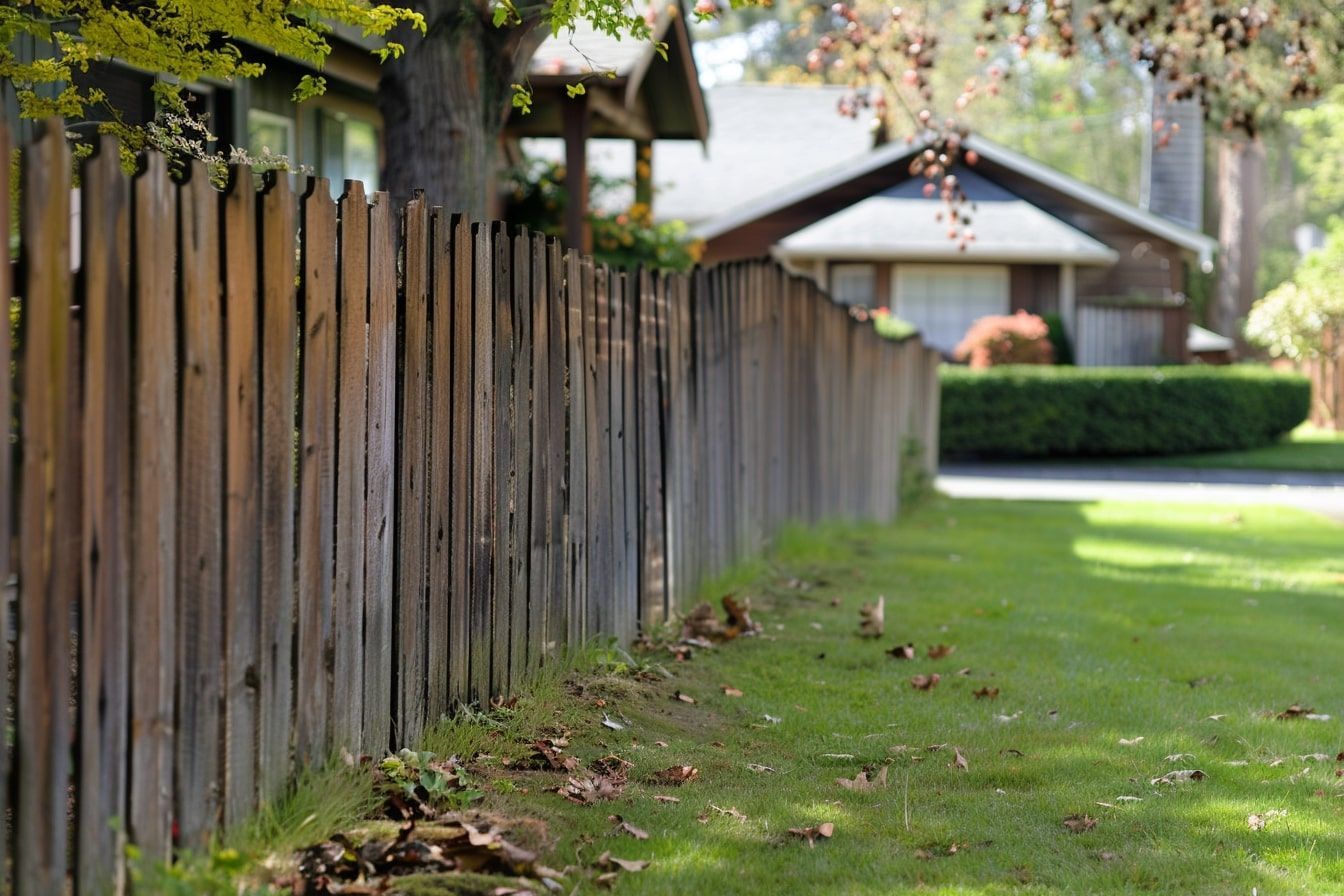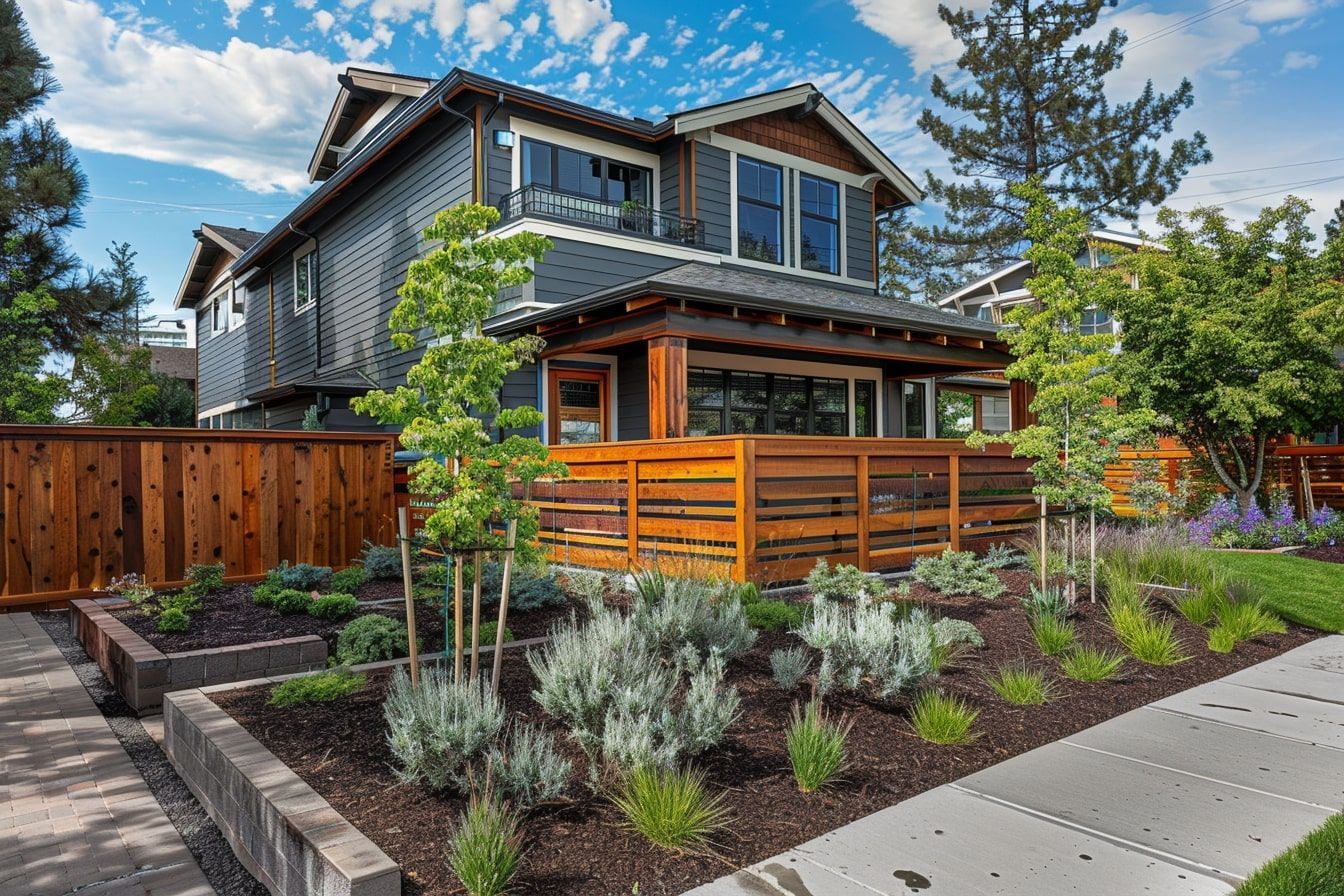Top 10 Common Mistakes in Wood Fence Installation and How to Avoid Them
Are You Making These Wood Fence Installation Mistakes?
Wood fences are a classic choice, providing both beauty and functionality to any property. However, without proper installation, they can become a source of frustration and frequent repairs. Are you planning to install a wood fence but worried about potential pitfalls? This comprehensive guide will help you avoid the most common mistakes and ensure your fence is both flawless and durable.
1. Not Checking Property Lines
The Importance of Accurate Boundaries
One of the most common and critical mistakes in wood fence installation is not checking the property lines before beginning the project. Installing a fence on your neighbor’s property can lead to disputes and legal issues.
How to Avoid This Mistake
- Survey Your Property: Hire a professional surveyor to accurately determine your property boundaries.
- Check Local Regulations: Ensure compliance with local zoning laws and regulations.
2. Skipping the Permits
Legal Requirements for Fence Installation
Many homeowners overlook the necessity of obtaining proper permits before installing a fence. Skipping this step can result in fines and mandated removal of the fence.
How to Avoid This Mistake
- Contact Your Local Municipality: Verify the specific permits required for fence installation in your area.
- Submit Necessary Paperwork: Ensure all documents are filed and approved before starting your project.
3. Ignoring Soil Conditions
The Impact of Soil on Fence Stability
Soil conditions play a crucial role in the stability of your wood fence. Ignoring soil type can lead to premature leaning or collapsing of the fence.
How to Avoid This Mistake
- Conduct a Soil Test: Determine the type of soil on your property and adjust your installation methods accordingly.
- Use Proper Materials: Select appropriate posts and concrete mixtures based on your soil conditions.
4. Incorrect Post Depth
Ensuring Strong Foundation
Posts set too shallow or too deep can compromise the fence’s stability and longevity.
How to Avoid This Mistake
- Follow Standard Guidelines: Typically, fence posts should be buried at least one-third of their length.
- Consult Professionals: When in doubt, seek advice from fencing experts.
5. Poor Spacing of Fence Posts
Achieving Structural Integrity
Improper spacing of fence posts can lead to sagging and structural weaknesses.
How to Avoid This Mistake
- Measure Twice, Install Once: Ensure consistent spacing between posts, usually between 6 to 8 feet apart.
- Use Quality Materials: Invest in high-quality wood that can withstand environmental stresses.
6. Neglecting to Treat the Wood
Protecting Your Investment
Untreated wood is susceptible to rot, pests, and weather damage, significantly reducing the lifespan of your fence.
How to Avoid This Mistake
- Use Pressure-Treated Wood: Select wood that has been treated to resist rot and pests.
- Apply Sealants and Stains: Regularly treat your fence with protective coatings to enhance its durability.
7. Failing to Account for Gate Placement
Importance of Proper Gate Installation
Improper gate placement can affect the functionality and appearance of your fence.
How to Avoid This Mistake
- Plan Ahead: Determine the best location for gates during the initial design phase.
- Ensure Structural Support: Reinforce gate areas to handle frequent use.
8. Overlooking Drainage Considerations
Preventing Water Damage
Poor drainage can lead to water accumulation, causing wood rot and weakening the fence structure.
How to Avoid This Mistake
- Evaluate Drainage Patterns: Design your fence to accommodate natural water flow.
- Install Gravel or French Drains: Use drainage solutions to prevent water buildup around fence posts.
9. Incorrect Fastening Techniques
Ensuring Durability
Using incorrect nails or screws can cause the fence to fall apart over time.
How to Avoid This Mistake
- Choose the Right Fasteners: Use galvanized or stainless steel nails and screws to prevent rust and corrosion.
- Secure Properly: Ensure all fasteners are driven in securely to hold the fence panels in place.
10. Failing to Maintain the Fence
Longevity Through Maintenance
Even the best-installed fences require regular maintenance to remain in good condition.
How to Avoid This Mistake
- Regular Inspections: Check your fence periodically for signs of damage or wear.
- Perform Routine Maintenance: Clean, paint, or stain your fence as needed to protect it from the elements.
Conclusion
Installing a wood fence requires careful planning and execution to avoid common mistakes that can lead to costly repairs and reduced lifespan. By following these guidelines, you can ensure a beautiful, durable fence that enhances your property. For professional assistance or to request a free quote, visit our website at RS Fence Installations. If you’re in Macomb or Oakland Counties, don’t hesitate to reach out to us for expert fence installation services.
External Resources
- For more detailed instructions on installing a wood fence, visit Lowe’s Installation Guide.
- To explore various wood fence design ideas, check out HGTV’s Wood Fence Design Gallery.
- Learn about the environmental benefits of wood fences at The American Forest Foundation.
The post Top 10 Common Mistakes in Wood Fence Installation and How to Avoid Them appeared first on RS Fence Installations.
